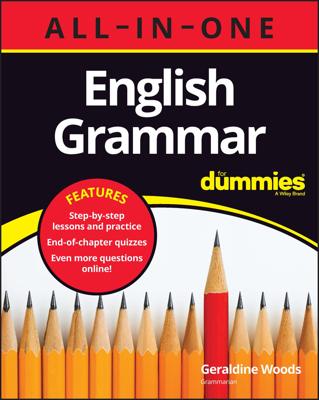If you really want to impress your English teacher, try using semicolons to attach sentences with connected thoughts. The semicolon is a funny little punctuation mark; it functions as a pit stop between one idea and another.
The semicolon's not as strong as a period, which in Britain is called a full stop because, well, that’s what a period does. It stops the reader. A semicolon lets the reader take a rest, but just for a moment. This punctuation mark is strong enough to attach one complete sentence to another.
Some writing manuals proclaim, “Never use semicolons!” with the same intensity of feeling as, say, “Don’t blow up the world with that nuclear missile.” Other people can’t get enough of them, sprinkling them like confetti on New Year’s.
If you do put a semicolon in your sentence, be sure to attach related ideas. Here’s an example:
Right: Grover was born in Delaware; he moved to Virginia when he was 4.
Wrong: I put nonfat yogurt into that soup; I like Stephen King’s books.
In the first example, both parts of the sentence are about Grover’s living arrangements. In the second, those two ideas are, to put it mildly, not in the same universe. (At least not until Stephen King writes a book about a killer container of yogurt. It could happen.)
Try punctuating the following, adding or subtracting words as needed:
Abner will clip the thorns from that rose stem he is afraid of scratching himself.
Answer: Many combinations are possible, including these two:
Abner will clip the thorns from that rose stem. He is afraid of scratching himself.
Abner will clip the thorns from that rose stem; he is afraid of scratching himself.

